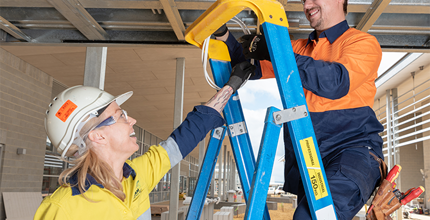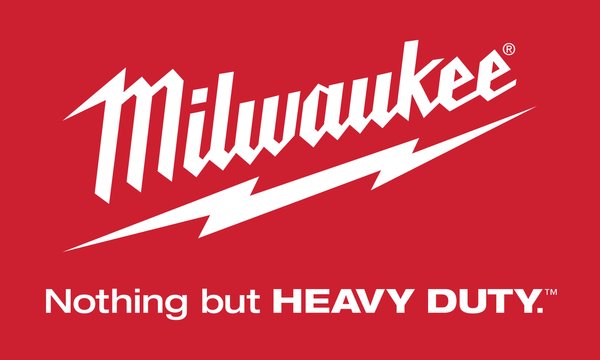Safety Alert 120 | Noise Exposure

As a worker in the construction industry, you will often work in noisy environments, putting you at risk of hearing damage or loss. This damage doesn’t always result from a single loud event, in most cases it develops over time due to prolonged exposure to noise levels that may not seem harmful. Understanding the risks of noise exposure and implementing effective control measures is essential to protecting your hearing long term.
Noise Hazards:
There are many noise hazards that you will be exposed to on site, they include:
- Power tools – Drills, grinders, saws, and other power tools can cause noise levels that are harmful to the users and people around them.
- Construction site noise – Generators, machinery, and other construction activities add to the overall noise exposure.
- Continuous exposure – prolonged or repeated exposure to loud noise without protection can lead to permanent hearing damage or loss.
Prolonged exposure to noise levels above 85 dB can be harmful, and most construction site tools operate between 90 dB and 120 dB. It is crucial not only to be aware of the noise you generate but also to take proactive measures when exposed to loud or constant noise on-site, as multiple tools and trades often operate simultaneously.
Exposure to prolonged and loud noises can cause temporary or permanent hearing loss, signs that your hearing is being damaged can include:
- Tinnitus (ringing or buzzing in the ears)
- Difficulty understanding speech, commonly in environments with background noise
- Muffled sounds
- Frequently asking people to repeat themselves
- Difficulty hearing high-pitched sounds
- Needing to turn volume up to high levels
Recommendations:
A combination of hearing protection measures should be used on-site when operating tools. These control measures include:
- Wearing hearing protection – Always wear earplugs or earmuffs when working with noisy equipment (Some equipment or sites may require both, so wear hearing protection suitable to the task)
- Taking breaks – Limit your exposure to loud environments by taking regular breaks in quieter areas to reduce continuous exposure.
- Maintaining and using correct equipment – Ensure any power tools you are using are well maintained to avoid excess noise. Avoid using power tools if a quieter option is available and practical.
- Working in a quiet area – When possible, work in an area without excessively loud machinery noise sources to avoid creating an even louder working environment.
Protect Your Work Environment:
Protecting your hearing is not just your responsibility, it's also important to look out for your workmates. If you notice someone not wearing hearing protection, remind them to do so. Additionally, always inform those around you before using power tools to help maintain a safer hearing environment on-site.
Remember noise levels may not always seem excessive at the time, but prolonged exposure can lead to serious hearing loss and damage over time. It is essential to understand and implement the necessary control measures when using tools or working in noisy environments.
For further information or feedback regarding this Safety Alert, please contact EGT on (08) 6241 6100 or talk to your Field Officer.
















